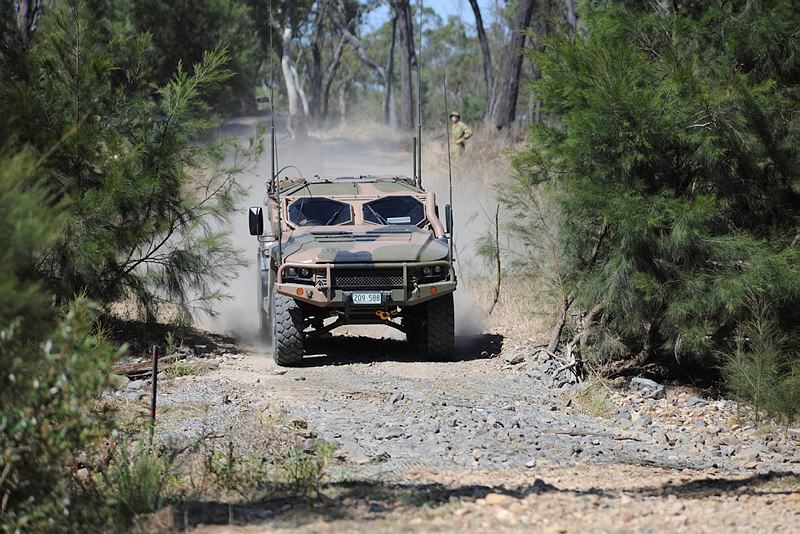Sea State
The US Navy has reportedly declared its intentions to send a surface ship inside the 12-nautical-mile territorial limit China claims for its man-made islands in the South China Sea. According to the Financial Times, the manoeuvres are expected to begin in the next two weeks. Reports of the impending manoeuvres suggest that Chinese and US officials failed to come to any type of resolution regarding the standoff in the South China Sea during Xi Jinping’s state visit to Washington in September.
Russia is reported to be creating an ‘arc of steel’ designed to challenge and confront NATO. Russia has invested US$2.4 billion in the expansion of its Black Sea fleet, set to be completed by 2020, while Russian submarine patrols have risen by 50% in the past year—returning to levels not seen for a decade. According to ADM Marke Ferguson, who heads NATO’s joint force command in Naples, ‘we are observing the manifestation of a more aggressive, more capable Russian Navy.’
On October 7, Pakistan finalised lengthy negotiations with China over a submarine deal, with four boats to be built in Pakistan and four in China. The significant announcement confirms that China will transfer technology to Pakistan during the construction of the S20 subs, which will help Pakistan maintain a credible conventional deterrent against India. Pakistan’s state-owned shipyard, Karachi Shipyard and Engineering Works, will build the subs based on their experience with submarine overhaul and construction.
Flight Path
To F-35 or not to F-35? That is the question facing Canada as Canadians heads to the polls for their upcoming federal election on 19 October. Canadian Liberal Party leader Justin Trudeau has revealed that if he wins the election, his newly formed government will withdraw from the costly F-35 program. The Conservative Canadian Prime Minister Stephen Harper had previously committed to buying 65 F-35s to replace the Royal Canadian Air Force’s CF-18 fighter jets. Defense News takes a look here at the decision that Canadian voters face, and the background of the Canadian F-35 program.
The Indian Air Force (IAF) has sent a proposal to the Indian defence ministry to allow women to fly fighter aircraft. An article on Defense One takes a look at the surprising announcement, made on the 83rd anniversary of the IAF. If successful, it will mark the first ‘entry of women into combat roles in the Indian armed forces’.
Remember the US–China agreement on air-to-air encounters that came out of Xi’s visit to the US last month? Mark J. Valencia over at The Diplomat takes a look at the announcement, arguing that it dodges the fundamental deep differences between the two countries and that it remains to be seen if the agreement will make any future encounters ‘safer.’
Rapid Fire
The US has started withdrawing its Patriot missiles stationed at the Gaziantep 5th Armoured Brigade Command in south-eastern Turkey. Originally placed there in response to Turkish requests for assistance along the Syrian border, the missiles are now being returned to the US for a ‘modernisation’ process. Interestingly, this withdrawal comes at a time of heightened tensions, with continued border violence and Russian fighter jets breaching Turkish airspace twice last week. The US is following through with its withdrawal despite a Turkish appeal on 8 October for continued NATO military support.
Closer to home, Australia has announced it will spend $1.3 billion on 1,100 new light armoured personnel carriers. Known as the Hawkei, this vehicle will replace Australia’s aging and unprotected Land Rover fleet. The Hawkei will be manufactured by Thales in Victoria and designed to meet the requirements of Project Land 121 Phase 4. The fleet will improve soldier protection, enabling operations in higher-risk areas, as well as improving air mobility, as the first ADF protected vehicle that can be transported by ADF helicopters.
And finally, check out Defense One’s piece on what must be done to revitalise the US Army. Retired Army General Gordon Sullivan outlines the force’s current challenges and future opportunities in the week of the Association of the US Army’s annual symposium.


